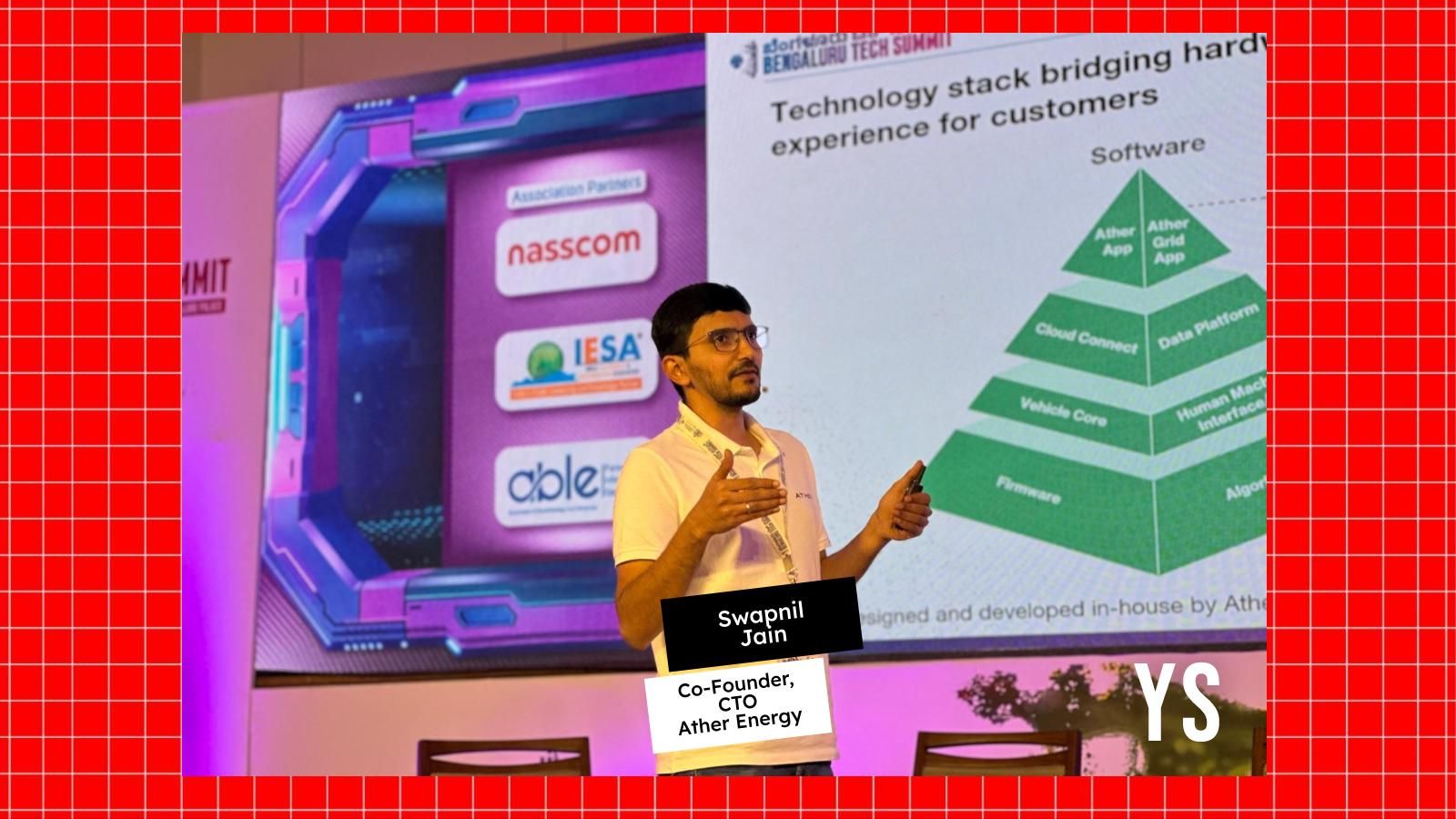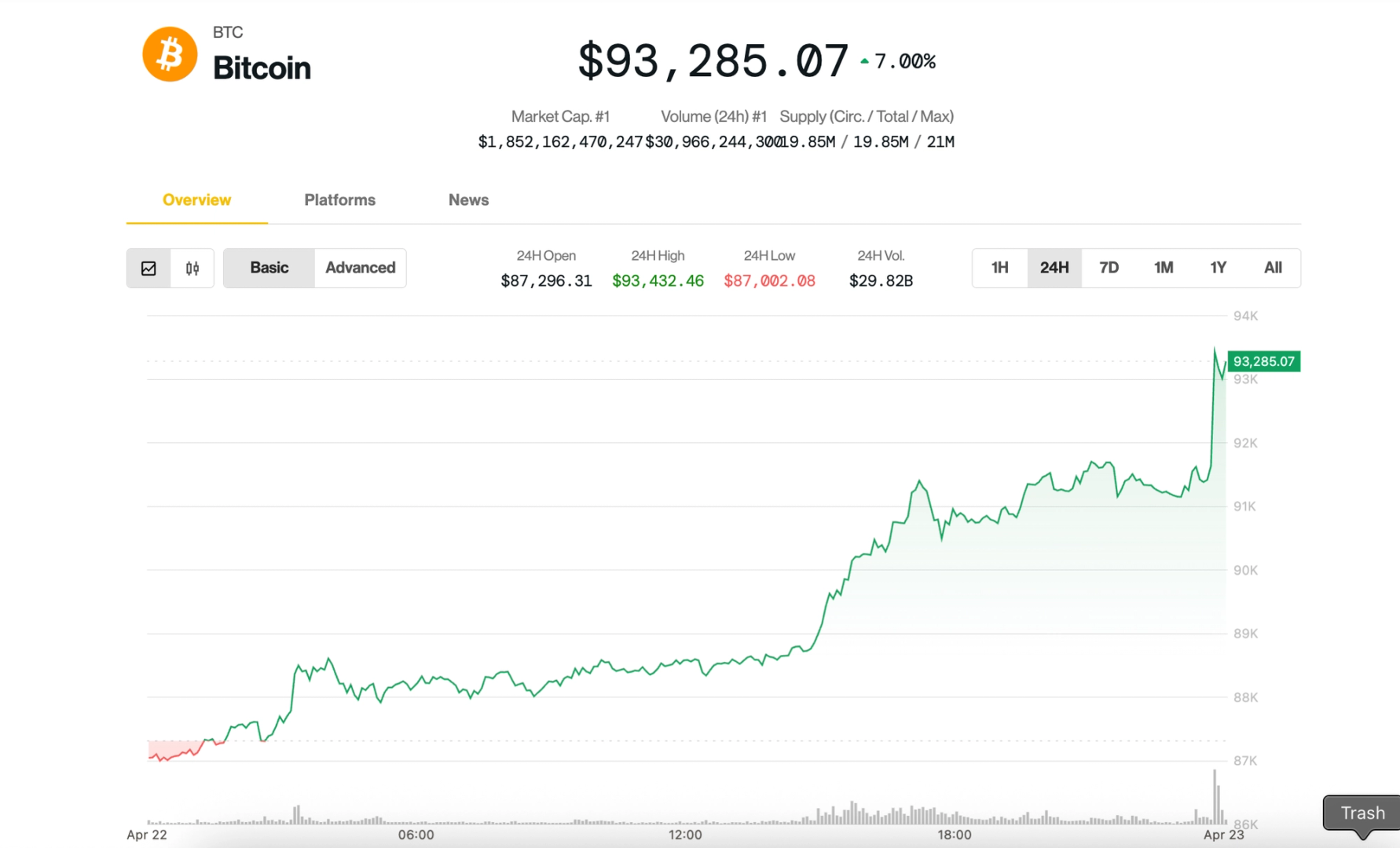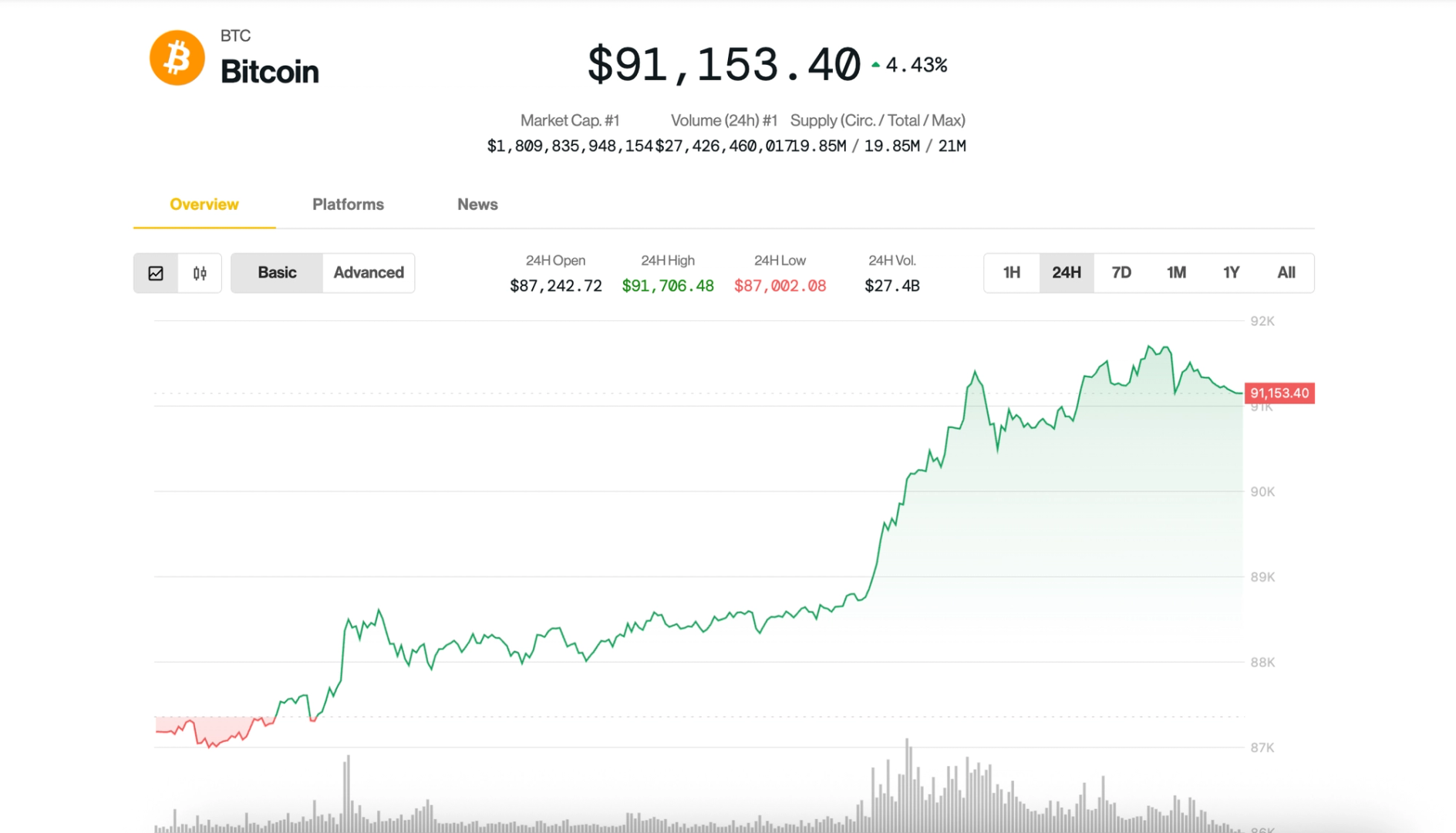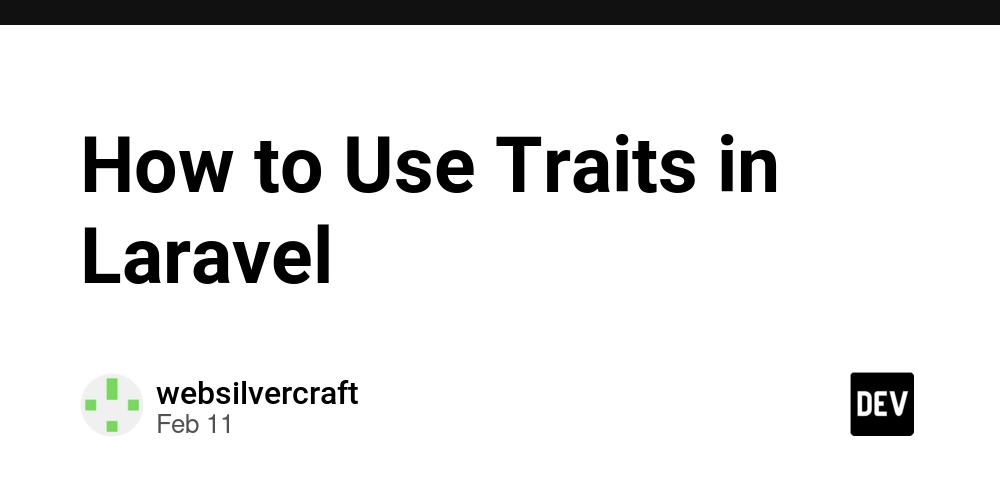Crafting URLs That Search Engines (And Humans) Love: A Developer's 2025 Playbook
As developers, we often focus on the elegant code behind the scenes, the slick user interfaces, and the robust back-end systems. But there's a humble, yet critical, component of every website and application that acts as the first point of contact for both users and search engines: the URL. Far more than just a web address, a well-crafted URL is a signpost, a descriptor, and a trust signal. In the ever-evolving landscape of search engine optimization (SEO), where algorithms become more sophisticated and user experience takes center stage, the structure and content of your URLs remain fundamentally important. Ignoring them in 2025 is like building a beautiful house without a clear street address – people (and bots) will struggle to find it. This article isn't just another SEO basics rundown. It's a developer's guide to understanding why URL structure matters for SEO today and how to implement best practices effectively in your projects, looking ahead to 2025. We'll dive into the technical considerations, the user experience implications, and how to make sure your URLs are working for you, not against you. Why URLs Are More Than Just Addresses Think about the last time you clicked a link in a search result. What did you notice about the URL? If it was short, descriptive, and made sense, you probably felt more confident clicking it. If it was a long string of random characters and numbers, you might have hesitated. That's the user experience side of the URL's power. From an SEO perspective, URLs provide crucial context to search engines. While Google and other search engines have become incredibly adept at understanding content regardless of URL structure, a clear, descriptive URL still offers valuable signals: Relevance: Keywords in the URL can help confirm the page's topic. Site Structure: A logical URL hierarchy helps search engines understand how your content is organized. Crawlability: Clean, static-looking URLs are generally easier for search engine bots to crawl and index efficiently. Click-Through Rate (CTR): Descriptive URLs can improve the likelihood of users clicking your result in the SERPs because they have a better idea of what to expect. In 2025, as search algorithms continue to prioritize user intent and overall website quality, URLs that enhance both machine understanding and human usability will remain a vital piece of the SEO puzzle. The Core Principles of a Developer-Friendly, SEO-Friendly URL Building effective URLs isn't rocket science, but it does require adherence to a few key principles. As developers, we have the power to implement these at the architectural level, ensuring SEO is baked in, not bolted on. 1. Create Human Readable URLs That Actually Make Sense This is perhaps the most critical rule. A good URL should be instantly understandable to a human. Avoid cryptic IDs, session variables, or overly complex parameter strings. ✅Good: /blog/the-developers-guide-to-seo-urls ❌Bad: /article.php?id=123&sessionid=xyz&cat=4 Readable URLs are easier for users to remember, share, and understand. They also signal to search engines that the page is about a specific, identifiable topic. 2. Use Keywords (But Don't Stuff Them) Including relevant keywords in your URL can still provide a ranking signal and improve CTR. However, the emphasis here is on relevant and natural.[9] Don't force keywords in if they make the URL look spammy or unreadable. Aim for 1-2 primary keywords that accurately reflect the page content. ✅Good: /products/mens-running-shoes
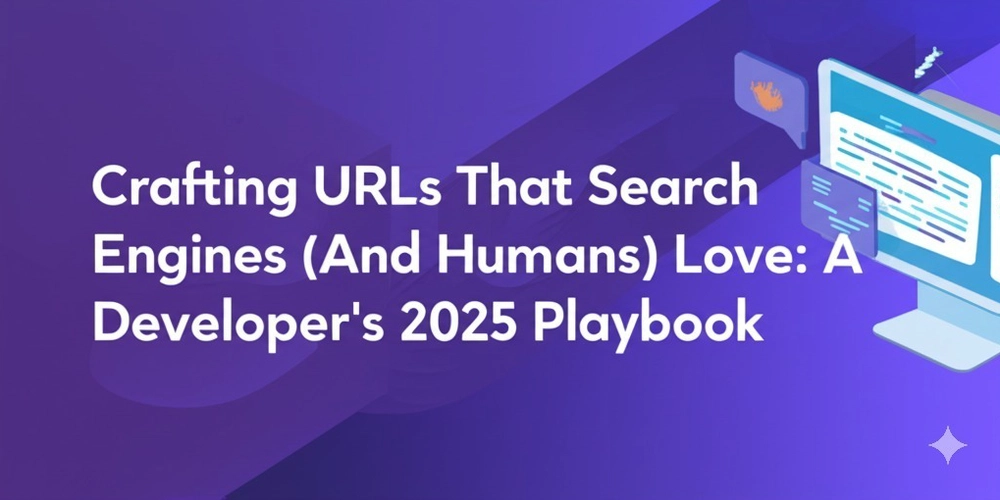
As developers, we often focus on the elegant code behind the scenes, the slick user interfaces, and the robust back-end systems. But there's a humble, yet critical, component of every website and application that acts as the first point of contact for both users and search engines: the URL.
Far more than just a web address, a well-crafted URL is a signpost, a descriptor, and a trust signal. In the ever-evolving landscape of search engine optimization (SEO), where algorithms become more sophisticated and user experience takes center stage, the structure and content of your URLs remain fundamentally important. Ignoring them in 2025 is like building a beautiful house without a clear street address – people (and bots) will struggle to find it.
This article isn't just another SEO basics rundown. It's a developer's guide to understanding why URL structure matters for SEO today and how to implement best practices effectively in your projects, looking ahead to 2025. We'll dive into the technical considerations, the user experience implications, and how to make sure your URLs are working for you, not against you.
Why URLs Are More Than Just Addresses
Think about the last time you clicked a link in a search result. What did you notice about the URL? If it was short, descriptive, and made sense, you probably felt more confident clicking it. If it was a long string of random characters and numbers, you might have hesitated. That's the user experience side of the URL's power.
From an SEO perspective, URLs provide crucial context to search engines. While Google and other search engines have become incredibly adept at understanding content regardless of URL structure, a clear, descriptive URL still offers valuable signals:
- Relevance: Keywords in the URL can help confirm the page's topic.
- Site Structure: A logical URL hierarchy helps search engines understand how your content is organized.
- Crawlability: Clean, static-looking URLs are generally easier for search engine bots to crawl and index efficiently.
- Click-Through Rate (CTR): Descriptive URLs can improve the likelihood of users clicking your result in the SERPs because they have a better idea of what to expect.
In 2025, as search algorithms continue to prioritize user intent and overall website quality, URLs that enhance both machine understanding and human usability will remain a vital piece of the SEO puzzle.
The Core Principles of a Developer-Friendly, SEO-Friendly URL
Building effective URLs isn't rocket science, but it does require adherence to a few key principles. As developers, we have the power to implement these at the architectural level, ensuring SEO is baked in, not bolted on.
1. Create Human Readable URLs That Actually Make Sense
This is perhaps the most critical rule. A good URL should be instantly understandable to a human. Avoid cryptic IDs, session variables, or overly complex parameter strings.
✅Good: /blog/the-developers-guide-to-seo-urls
❌Bad: /article.php?id=123&sessionid=xyz&cat=4
Readable URLs are easier for users to remember, share, and understand. They also signal to search engines that the page is about a specific, identifiable topic.
2. Use Keywords (But Don't Stuff Them)
Including relevant keywords in your URL can still provide a ranking signal and improve CTR. However, the emphasis here is on relevant and natural.[9] Don't force keywords in if they make the URL look spammy or unreadable. Aim for 1-2 primary keywords that accurately reflect the page content.
✅Good: /products/mens-running-shoes











































































































































































![[The AI Show Episode 144]: ChatGPT’s New Memory, Shopify CEO’s Leaked “AI First” Memo, Google Cloud Next Releases, o3 and o4-mini Coming Soon & Llama 4’s Rocky Launch](https://www.marketingaiinstitute.com/hubfs/ep%20144%20cover.png)





















































































































































































































































-All-will-be-revealed-00-35-05.png?width=1920&height=1920&fit=bounds&quality=70&format=jpg&auto=webp#)











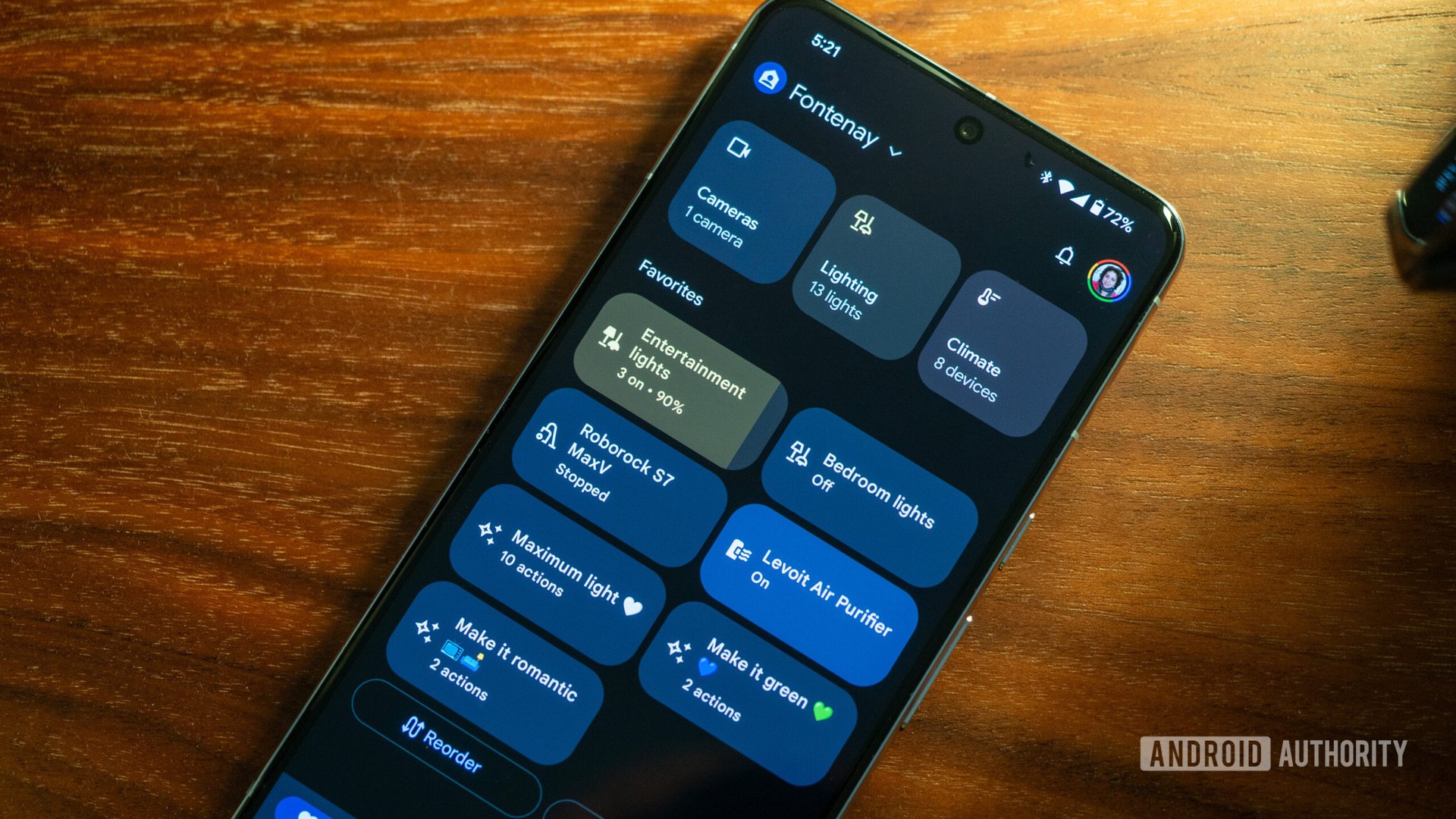





































































































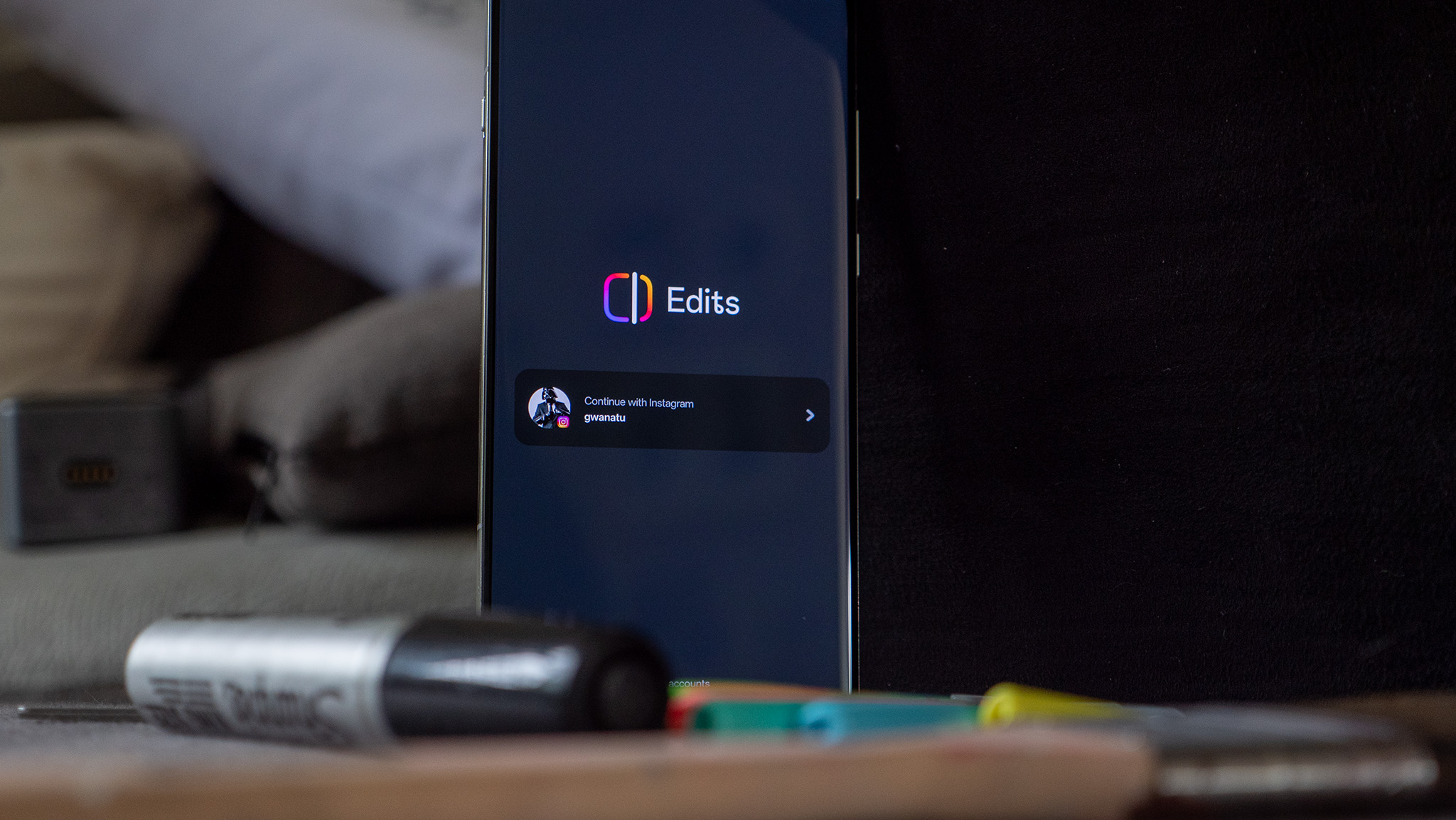




![What iPhone 17 model are you most excited to see? [Poll]](https://9to5mac.com/wp-content/uploads/sites/6/2025/04/iphone-17-pro-sky-blue.jpg?quality=82&strip=all&w=290&h=145&crop=1)

















![Hands-On With 'iPhone 17 Air' Dummy Reveals 'Scary Thin' Design [Video]](https://www.iclarified.com/images/news/97100/97100/97100-640.jpg)
![Mike Rockwell is Overhauling Siri's Leadership Team [Report]](https://www.iclarified.com/images/news/97096/97096/97096-640.jpg)
![Instagram Releases 'Edits' Video Creation App [Download]](https://www.iclarified.com/images/news/97097/97097/97097-640.jpg)
![Inside Netflix's Rebuild of the Amsterdam Apple Store for 'iHostage' [Video]](https://www.iclarified.com/images/news/97095/97095/97095-640.jpg)





































































